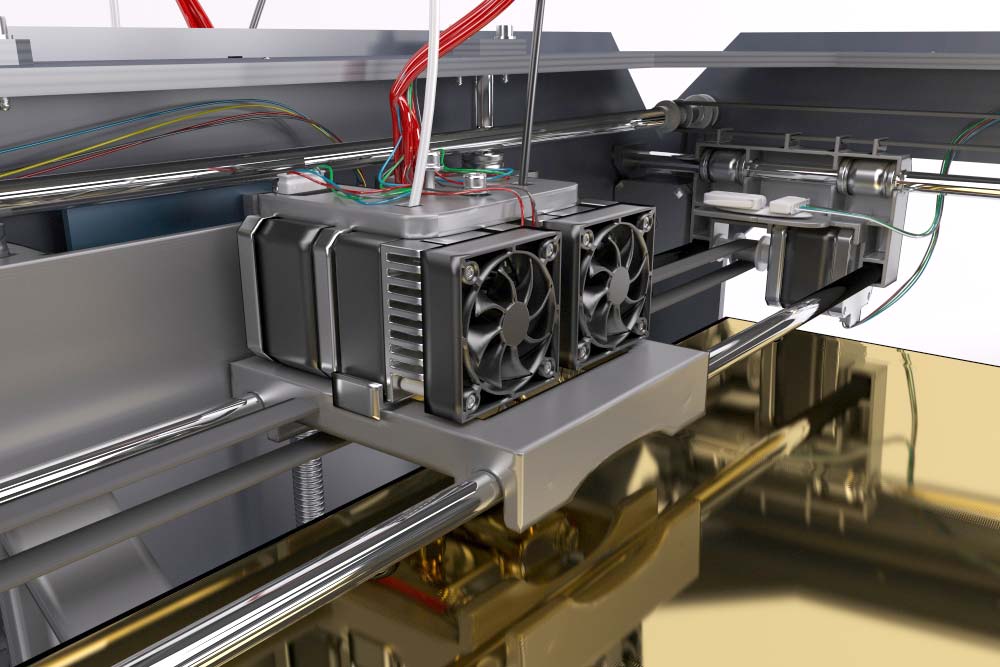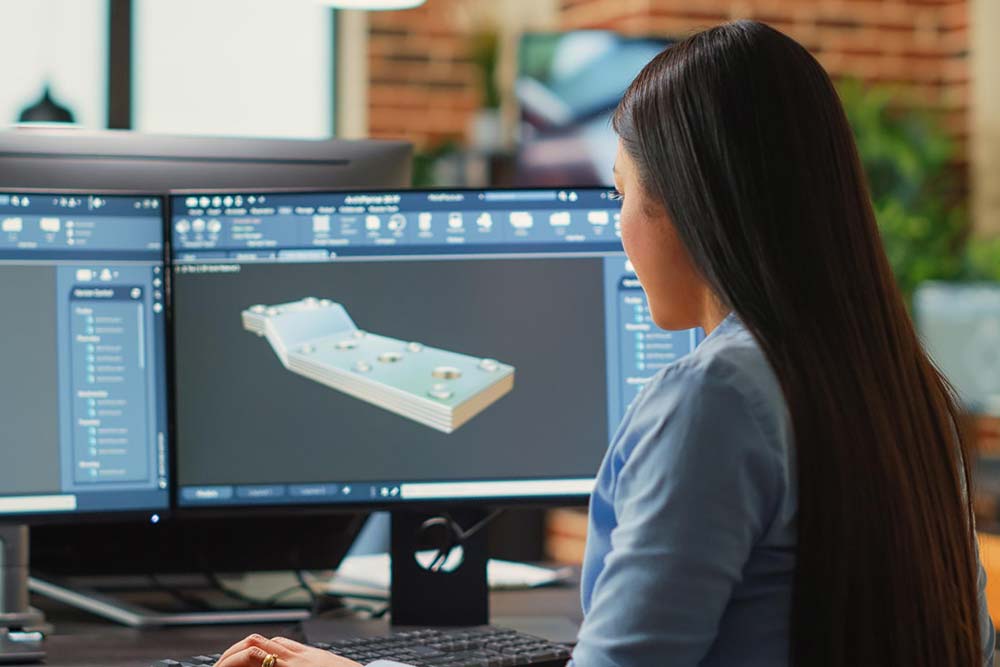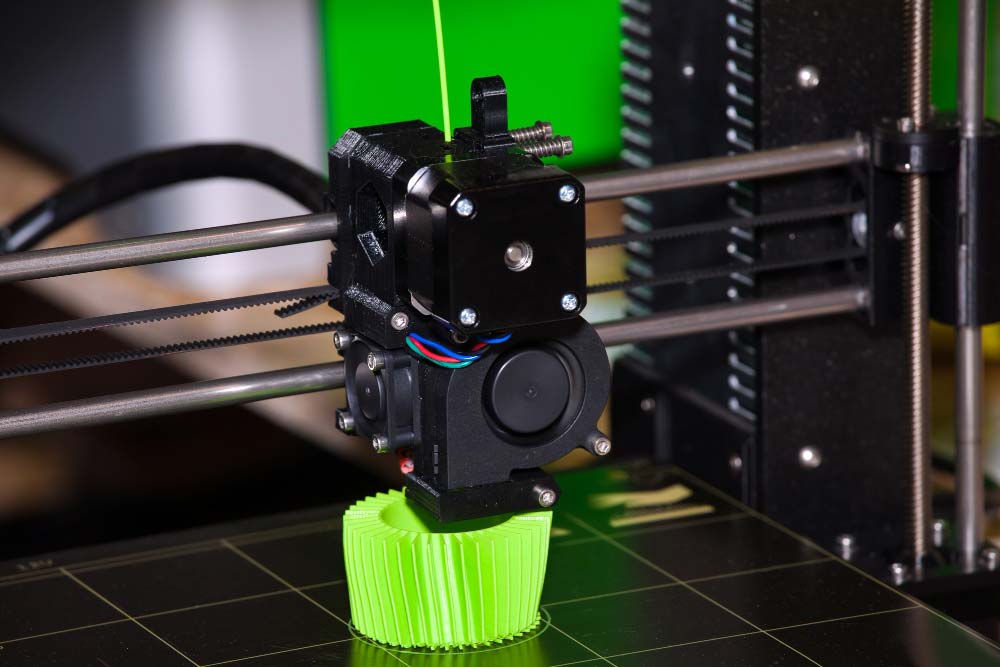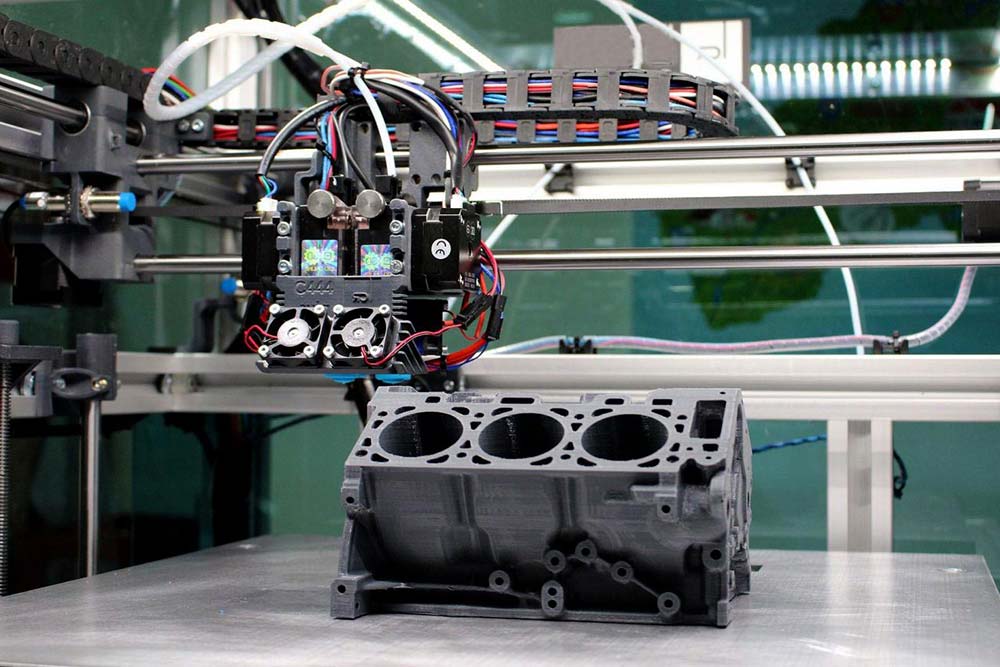Product Design Innovation in 3D

Santiago Ferrer
16-05-2024

3D printing has revolutionized product design, offering new possibilities and advantages in terms of customization, efficiency, and creativity.
At 3Dock, we’ll tell you how 3D printing product design is transforming the industry, from the initial stages of conceptualization to final production.
Product Design with 3D Printing
The integration of 3D printing into product design has marked a milestone in how ideas become tangible realities.
This process begins with the creation of a digital model, which is then printed layer by layer, bringing concepts to life that previously only existed in the designer’s mind.
This technology has not only democratized design, allowing more people to create and manufacture unique products, but it has also accelerated development time and reduced production costs.

Benefits of product design with 3D printing
One of the greatest benefits of product design with 3D printing is customization ability. Unlike traditional manufacturing methods, which can be limited by molds and specific tools, 3D printing allows for the creation of unique products tailored to individual needs.
Cost and time reduction
3D printing eliminates the need for very expensive tools and molds, allowing prototypes to be developed and tested quickly. This speeds up the product development cycle, enabling companies to bring products to market more quickly and with less initial investment.
Additionally, changes and improvements in design can be implemented quickly without incurring high additional costs.
Sustainability is another highlight of product design with 3D printing
By producing only the necessary amount of material and minimizing waste, this technology supports more eco-friendly manufacturing practices. At 3Dock, we are committed to using sustainable materials and efficient processes to reduce our environmental impact, helping our customers create products that are not only innovative but also environmentally friendly.

Product design process with 3D Printing
The product design process with 3D printing begins with the creation of a digital model. This is achieved through computer-aided design (CAD) software, which allows designers to develop and refine their ideas with great precision. Once the digital model is complete, it is converted into a file compatible with the 3D printer, such as an STL file.
The next step is preparing the model for printing. This includes setting parameters such as model orientation, infill density, and layer thickness. These factors can influence the quality and final properties of the product, so it is crucial to optimize them correctly.
Finally, the model is printed layer by layer, following the instructions of the digital file. This process can vary in duration depending on the size and complexity of the design.
Once printing is complete, the product may require some additional post-processing steps, such as sanding, polishing, or painting, to achieve the desired finish.
Applications of product design with 3D Printing
3D printing has applications in a wide variety of industries, each benefiting from the unique capabilities of this technology.
In the fashion sector, for example, designers are using 3D printing to create customized garments and accessories that would not be possible with traditional methods. This includes everything from unique jewelry to shoes and dresses that fit the user’s body perfectly.
In the entertainment industry, 3D printing is used to create customized accessories and props for movies, television, and theater. Designers can create detailed and precise models used for special effects production and props.
The medical industry has also adopted 3D printing for the creation of customized devices and equipment. From prosthetics to implants and surgical tools, 3D printing enables the manufacture of products that fit each patient’s needs perfectly.
Challenges and solutions in product design with 3D Printing
One of the main challenges is the durability and strength of the materials used. Although advances in materials are constantly improving, some 3D printed products may still not be as robust as those manufactured using traditional methods.

Another challenge is precision and detail in complex designs. Although 3D printing technology has come a long way, there may still be limitations in terms of resolution and finish of products. To overcome this, at 3Dock, we employ post-processing techniques and manual finishes that enhance the appearance and functionality of printed products.
The future of product design with 3D Printing
The future of product design with 3D printing is promising, with continuous advances in technology and materials expanding possibilities. One of the most exciting trends is 3D printing of smart materials that can change their properties in response to external stimuli, such as temperature or light. These materials open up new opportunities for interactive designs and adaptive products.
Another area of development is 3D printing of multiple materials in a single piece. This will allow for the creation of products with more complex and functional properties, such as rigid and flexible structures integrated into a single design. Additionally, the integration of artificial intelligence and machine learning into the design process is also revolutionizing 3D printing.
3Dock: Innovation and quality in 3D product design
At 3Dock, we are dedicated to offering innovative, efficient, and high-quality 3D printing product design solutions.
Our focus on customization and efficiency allows us to offer unique products tailored to the specific needs of each customer.
You can upload your CAD model through our online platform and use our material configurator to receive personalized recommendations. Contact us today and discover how 3D printing can revolutionize your product design!
With over 10 years of engineering experience, I am driven by a passion for innovation and technology. As a Naval Architect with an MSc in Engineering, I specialize in structural optimization and design using composite materials. My knowledge expanded significantly after studying industrial 3D printing at MIT, shaping my approach to manufacturing.
My career has focused on leveraging technology across various industrial applications, initially as a design & development engineer and later leading R&D projects and teams to drive innovation and enhance products.
Now, as the founder and director of 3Dock, I aim to maximize 3D printing capabilities to offer advanced manufacturing solutions, overcoming traditional production challenges with a commitment to quality and efficiency.
